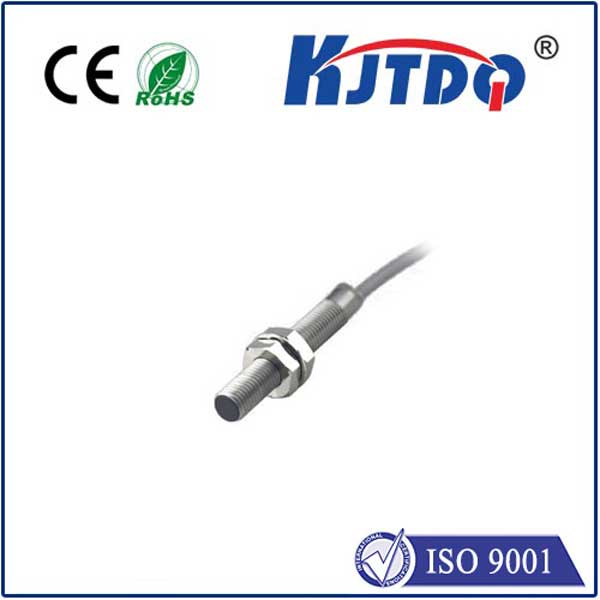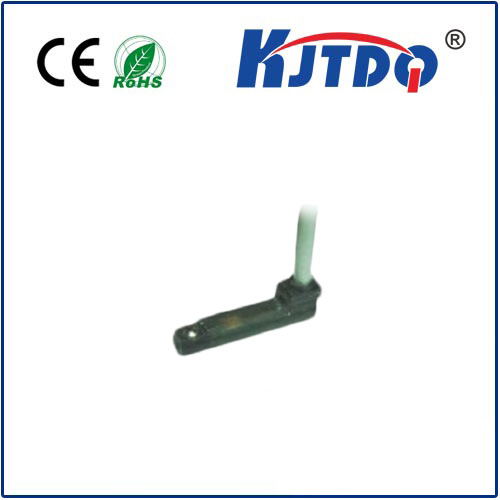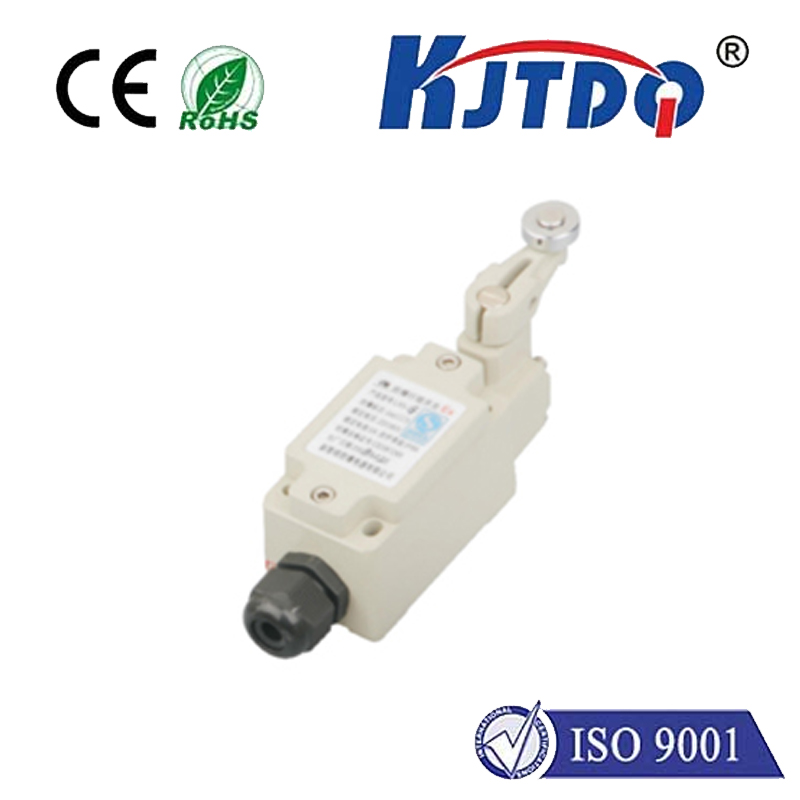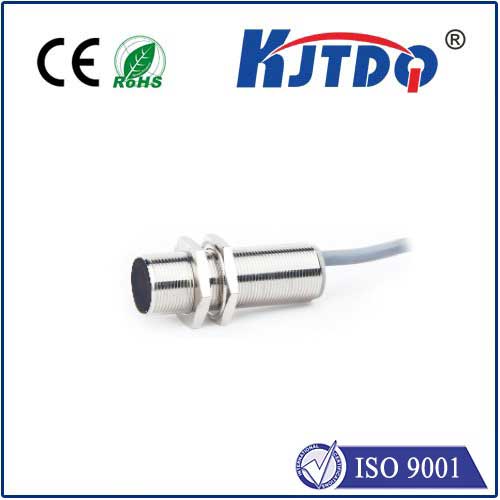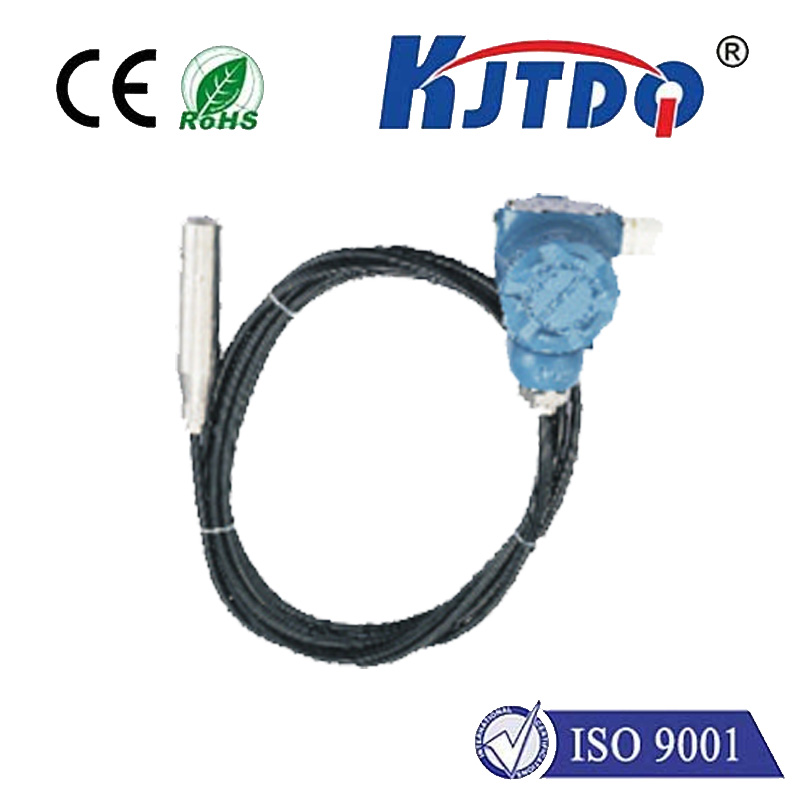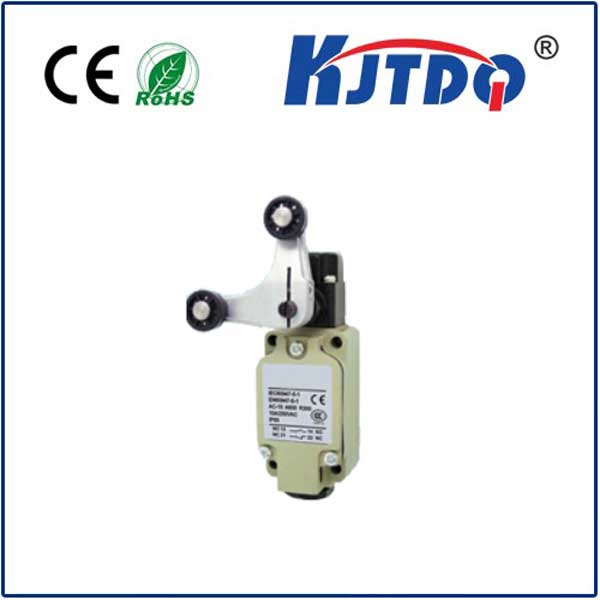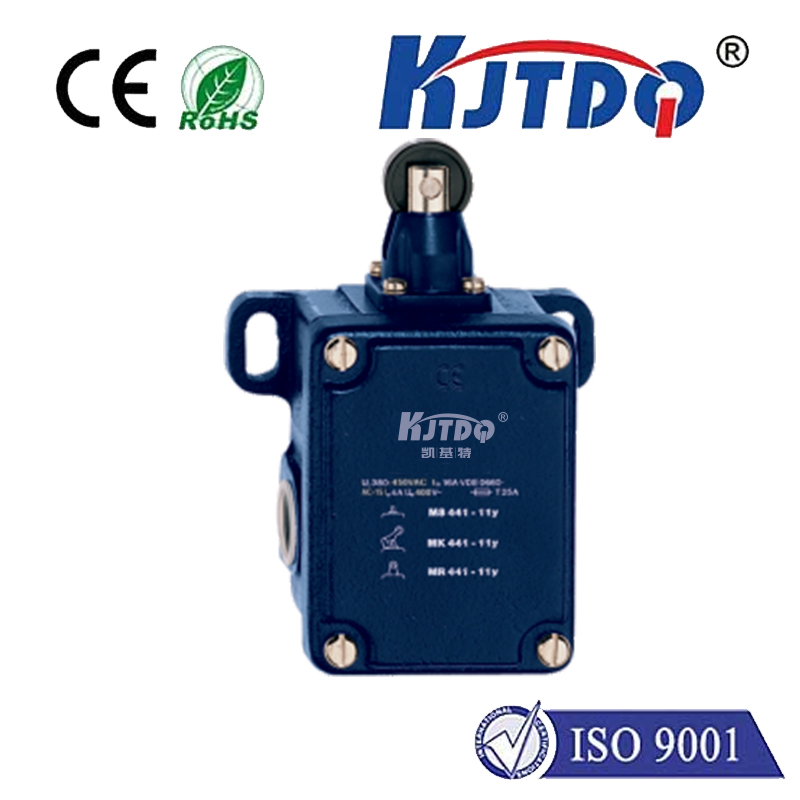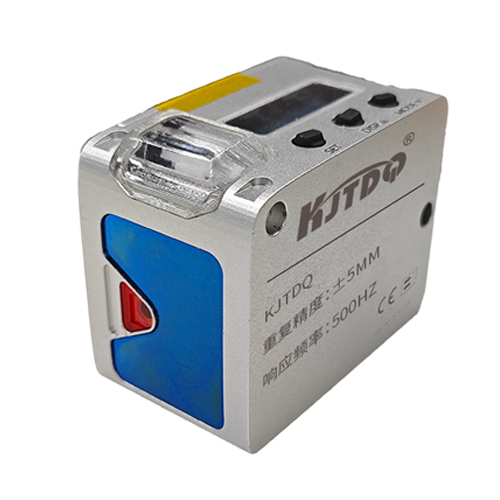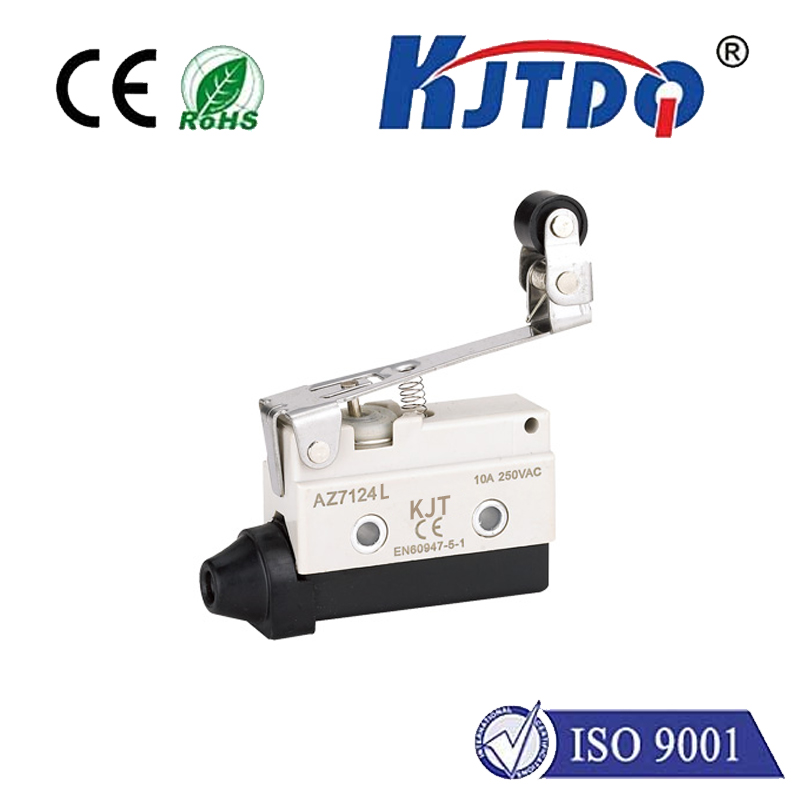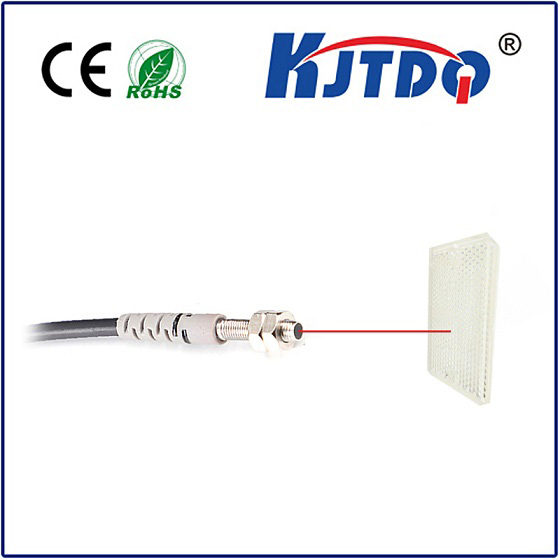

check

check

check

check

check

check

check

check

check

check
The humble optical sensor, the unseen eye tracking movement beneath countless devices, has undergone radical evolution. The emergence of v5 optical sensor technology marks a significant leap forward, pushing the boundaries of accuracy, speed, and reliability. This article delves into the core of this advanced sensor, exploring its capabilities, applications, and how it establishes a new benchmark in optical tracking.
Gone are the days of jittery cursors and tracking loss. Remember struggling with a mouse that skipped pixels or refused to work on certain surfaces? Early optical sensors were revolutionary compared to ball mice but had limitations. The v5 generation represents a culmination of years of engineering refinement, specifically targeting these historical pain points to deliver an experience defined by seamless precision. It’s not just an incremental step; it’s a paradigm shift in how devices perceive and translate physical movement into digital action.
At the heart of this revolution lies a significant boost in resolution. V5 sensors typically boast impressive DPI (Dots Per Inch) capabilities, often exceeding 8000 DPI and sometimes reaching staggering heights like 16,000 DPI or beyond. This isn’t merely a number for marketing; it translates directly to unprecedented sensitivity and granular control. Whether you’re maneuvering intricate CAD designs, lining up a pixel-perfect edit in photo software, or making micro-adjustments in a high-stakes competitive game, the v5 sensor ensures your input translates with extraordinary fidelity. Every minute hand movement is captured and amplified with exceptional detail.

However, raw DPI is only part of the performance equation. Equally crucial is the IPS (Inches Per Second) rating and acceleration tolerance. The latest v5 optical sensors dramatically outperform their predecessors here. Capable of tracking movements exceeding 200 IPS (or even 300+ IPS in top-tier models) and handling accelerations beyond 40G, these sensors guarantee flawless tracking even during the fastest, most frantic swipes. This eliminates the dreaded “spin-out” phenomenon common with older sensors during rapid flicks, ensuring rock-solid stability regardless of pace. The sensor intelligently keeps up with you.
Surface compatibility has been another major focus area. Engineers have significantly refined the v5 sensor’s ability to capture surface details and its adaptability to complex textures. Advanced image processing algorithms and more sophisticated calibration techniques mean reliable tracking extends far beyond the basic mouse pad. From slightly reflective desks to patterned fabrics or even untreated wood, the v5 sensor demonstrates remarkable versatility, reducing dependency on specialized surfaces and offering greater user freedom. This broad adaptability is a key differentiator in real-world usage.
Speed and responsiveness are paramount in today’s fast-paced digital interactions. The v5 sensor contributes significantly here through a drastically improved response time and motion latency. This involves optimizing the entire signal path – from the image capture rate of the sensor’s camera to the processing speed of its integrated circuitry and the swift transmission of data to the host device. The result is imperceptible lag, translating physical motion into on-screen action almost instantaneously. This responsiveness is critical for competitive gamers where milliseconds decide victories, but also enhances the overall fluidity and intuitiveness of everyday computing, making scrolling, dragging, and navigation feel more natural.
Recognizing the diverse needs of modern users, v5 sensor implementations often incorporate sophisticated customization. This frequently includes:
The applications leveraging v5 optical sensor technology are vast and growing:
Implementing a true v5 optical sensor also often involves thoughtful design considerations. Engineers focus on optimal positioning relative to the surface and minimizing weight impact, particularly in performance gaming mice where every gram matters. The sensor’s integration is crucial to maximizing its potential benefits within the overall device ecosystem.
The v5 optical sensor represents more than just a higher number. It embodies a holistic advancement in optical tracking technology. With its exceptional resolution, unprecedented speed, superior surface compatibility, minimal latency, and user-centric customization, the v5 generation delivers a level of performance and reliability that truly redefines what users can expect. Whether you’re achieving pixel-perfect precision in professional workflows, dominating competitive leaderboards, or demanding flawless responsiveness from your everyday mouse, the v5 sensor stands as the definitive benchmark, translating your intention into digital action with unmatched fidelity.
